About Python
In terms of popularity, very few programming languages can rival Python. Some programmers claim that it’s only second to JAVA. And that’s because it’s easy to understand, and many top brands use it.
But what is Python? Well, for more, please read on.

How did Python start?
Python started as a hobby or project to keep Guido Van Rossum busy on Christmas. He took all the flaws of the ABC programming language and then improved on them to create Python.
Interestingly, Rossum helped create the ABC program; unfortunately, he didn’t like some of its features. Therefore, he decided to work on these flaws in 1989.
When creating one of the world’s best programming languages, he took the syntax of ABC and some of its best features. Then, he resolved some of the drawbacks of ABC in order to create Python. Rossum launched it in 1991 and has been updating and improving it for the last three decades.
The inspiration for this program’s name came from Monty Python’s Flying Circus. Rossum made sure that it used fewer codes than C, C++, and Java to express some of its concepts.
Generally, most programs are developed by a team of people in a huge company, but with Python, things are different. Of course, we can’t name any of the other programmers who worked on the project, but it’s believed that he didn’t work alone.
The speed at which this project is growing is not the work of one person, but the idea came from Guido.
Currently, Python Software Foundation manages this programming language. This is a unique community devoted to popularizing, expanding, and improving Python.
How to learn it?
Python is a unique programming language that’s used by tech giants and startups alike. Some of the tech giants using this program include Netflix, Cisco, Facebook, and Google. So it is a unique skill that’s in demand.
You can learn it at Python institute, and, if you don’t know the fundamentals, you can start with Python Essentials 1 in preparation for the PCEP exams. But if you already have the fundamentals, you can start with Python Essential 2 and then take the PCAP exams.
If you already work with this program, you can try the professional-series courses and earn your specialization-track certifications.
Areas to Use
Unlike most programming languages, Python can open more doors to any programmer. With this skill, you can work in a wide range of industries and a multitude of jobs. Even if you don’t need this program at work, you can still find it helpful when understanding various concepts.
This program can be a great career path related to testing web development, data analytics, machine learning, DevOps, engineering, and software development. In fact, there are lots of jobs you can do with Python outside of Information Technology. Some of the areas of use include:
- Python developer: As a python developer, you can solve data analytics issues and build websites to optimize data algorithms. You can use it to implement data protection and write efficient code.
- Product manager: Currently, several companies are hiring managers who know Python. They can use Python to detect a gap in the industry and find new valuable features.
- Data Analyst: As an analyst, you can sift through a massive set of data using specific python libraries like Pandas and Scipy. In fact, companies like Memorial Sloan Ketterin Cancer Center and Bloomberg are always searching for analysts who have learned Python.
- Educators: Generally, someone must teach Python; plus, we can’t all perfect this skill within a month; therefore, we need instructors. As an instructor, you can teach at coding boot camps or universities. If that’s not an option, then you can join CodeMentor, an online coding platform where you can teach this language.
Remember, the world is more computerized than ever. It’s an essential skill even for artists, psychologists, economists, data analysts, data scientists, managers, and educators.

